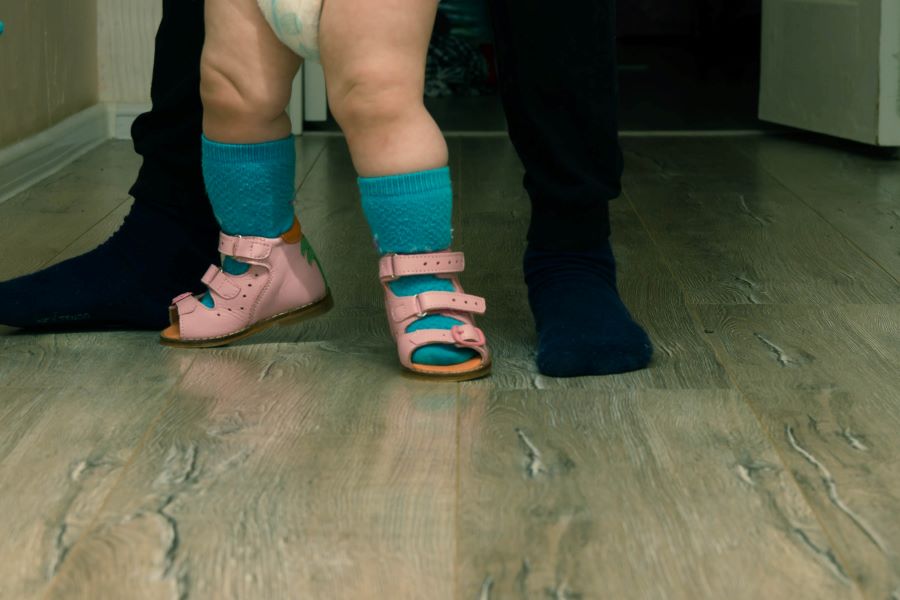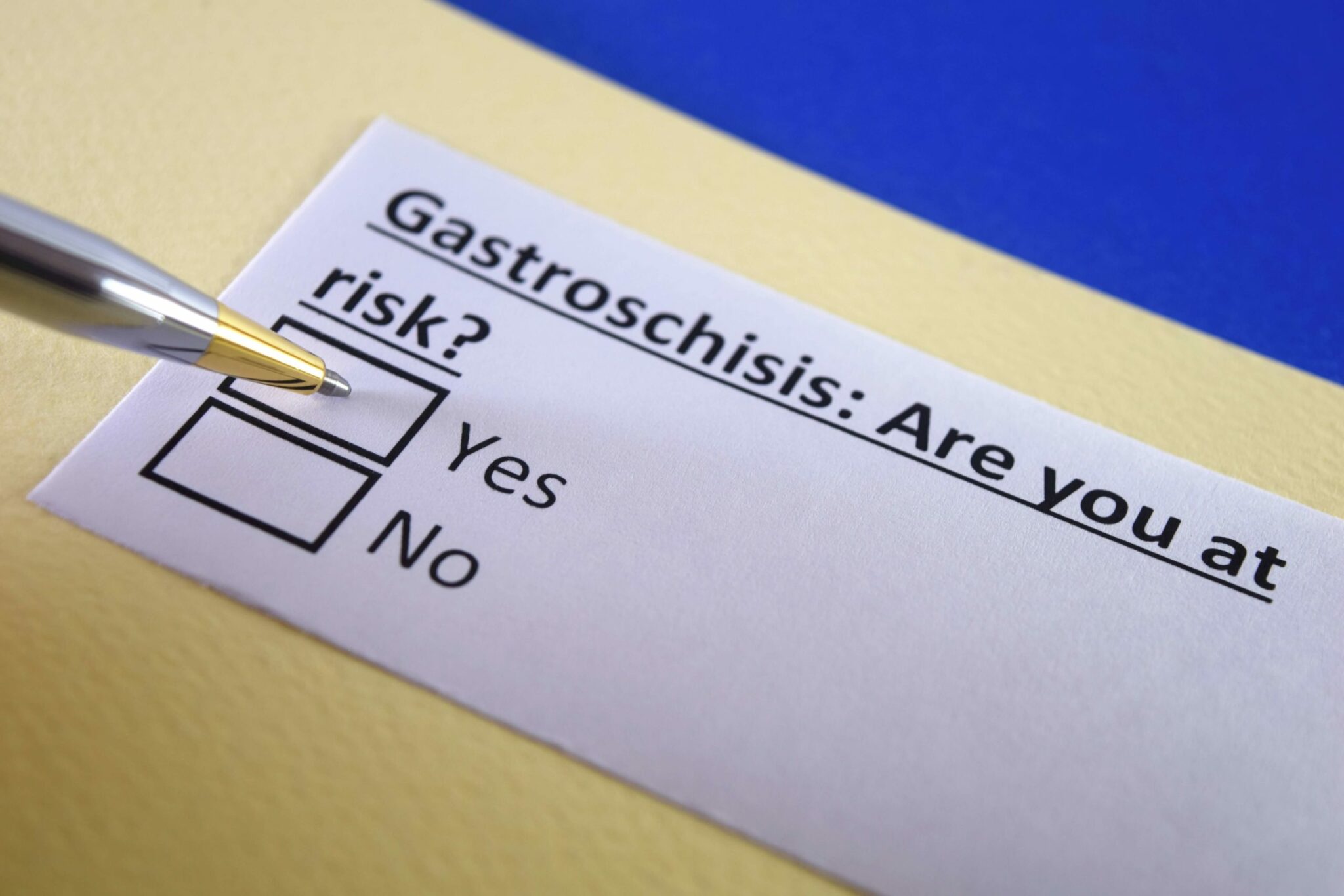Tips to Help Walking


Parents anxiously await the moment their baby takes that first wobbly step. This step — halting, uncertain, and likely followed by a short fall back to a sitting position — signals a new era in your house. It will only be weeks before your baby is no longer crawling anywhere. But there\’s no question that that first step can be tricky. Learning to walk is a complex skill that requires the coordination of many factors, from putting one foot in front of the other to mustering the confidence to let go of your hand or the sofa and venture off. Here are a few tips for helping your child take that first step safely.
Offer Motivation: According to the National Center for Infants, Toddlers, and Families, parents can motivate their baby to practice cruising by placing a series of intriguing toys along a coffee table or couch. This will help your baby practice balancing skills by holding a toy in one hand and using the other to grab a piece of furniture for support.
Avoid Shoes: When babies are learning those first steps, they should practice walking barefoot. Walking without shoes will help your baby develop coordination and balancing skills.
Provide Opportunities for Practice: The University of Pittsburgh Office of Child Development suggests that you can help your baby by arranging furniture. Try placing chairs across the room that your baby can hold onto for support during practice. Take your baby for walks on a variety of different surfaces, including grass, carpet and hardwood floors.
Offer Encouragement: With each small step your baby takes toward learning to walk, offer lots of encouragement and support. Allow him to set the pace for learning to walk and never try to rush him or her. When your baby seems tired, allow your child to return to seated play to rest.
Use Push Toys: Push toys are useful for helping your baby develop the skills necessary to stand and balance on their own. These are the skills they will need as they begin taking their first steps. Make sure they are low to the ground and never use them near stairs.
Never Use Walkers: The American Academy of Pediatrics warns against the use of baby walkers, as they can delay when your child first starts to walk and possibly affect the development of your baby\’s leg muscles. Baby walkers can also significantly increase the risk of your baby suffering an injury. For these reasons, the American Academy of Pediatrics supports a ban on baby walkers with wheels.
Sources:
- American Academy of Pediatrics: Baby Walkers: A Dangerous Choice
National Center for Infants, Toddlers, and Families: From Baby to Big Kid: Month 12
University of Pittsburgh Office of Child Development: First Steps
Powered by Bundoo®










































